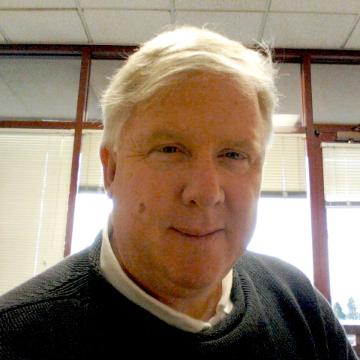
It's Time To Cross your T!
Here in the School of Engineering, we educate students to be “T-Shaped” engineers. This is a metaphor for having deep disciplinary knowledge (the vertical stem of the “T”) as well as broad non-technical skills that enable one to make connections, create value, and work with others (the horizontal top of the “T”).
Traditional engineering education focuses on the stem of the T, the depth part. This starts with a rigorous program of mathematics and physical sciences, subjects that establish the foundation of any engineering field. Within a specific major, the curriculum continues with the engineering principles appropriate to that discipline, teaching students to understand basic phenomena, to model and analyze components, and to design and build systems.
Modern engineering systems are so complex that they require parts and functionalities that span multiple engineering disciplines.
While this “depth knowledge” is critical to being a well-educated engineer, it isn’t enough. Modern engineering systems are so complex that they require parts and functionalities that span multiple engineering disciplines. As a result, our engineers need to have at least a small dose of knowledge and experience in other engineering areas, and they certainly need to know how to work as part of an interdisciplinary team.
Next, producing sophisticated systems requires a substantial enterprise. It takes people with expertise in many non-engineering disciplines, multiple facilities, and partnerships that extend across the globe. These activities affect and are influenced by the design of the products being created. For example, problems due to supply chains and the quality of parts are often rooted in decisions made during the design phase, such as whether to buy an existing part from a vendor or to design and manufacture that part from scratch. Engineers need to understand the interplay of these engineering and enterprise management issues.
our engineers need to have some understanding of how to figure out what customers want
Finally, products must meet the need of customers, so our engineers need to have some understanding of how to figure out what customers want. With the pace of technology and the endless quest for streamlined operations, it isn’t enough for them to blindly follow specifications written by others. They need to know how to make a product that brings value to others, how to do it at a reasonable cost, how to differentiate it among competitors, and how to create related products and services that complement the design as part of an overall ecosystem. Even better, imagine an engineer with the insight to harness an organization’s core competency to create new opportunities. In an era where the number one problem facing small businesses is developing products that customers simply don’t want, we must equip our engineers with the insight to help overcome this challenge.
This knowledge is the breadth that constitutes the horizontal bar of the “T,” and it includes the ability to communicate effectively, to be creative, to work in teams, and to have an entrepreneurial mindset. Santa Clara is working hard to ensure that our engineering graduates have these skills in order to effectively implement and capitalize on their disciplinary expertise.
Now, if we could just dot our i’s!

